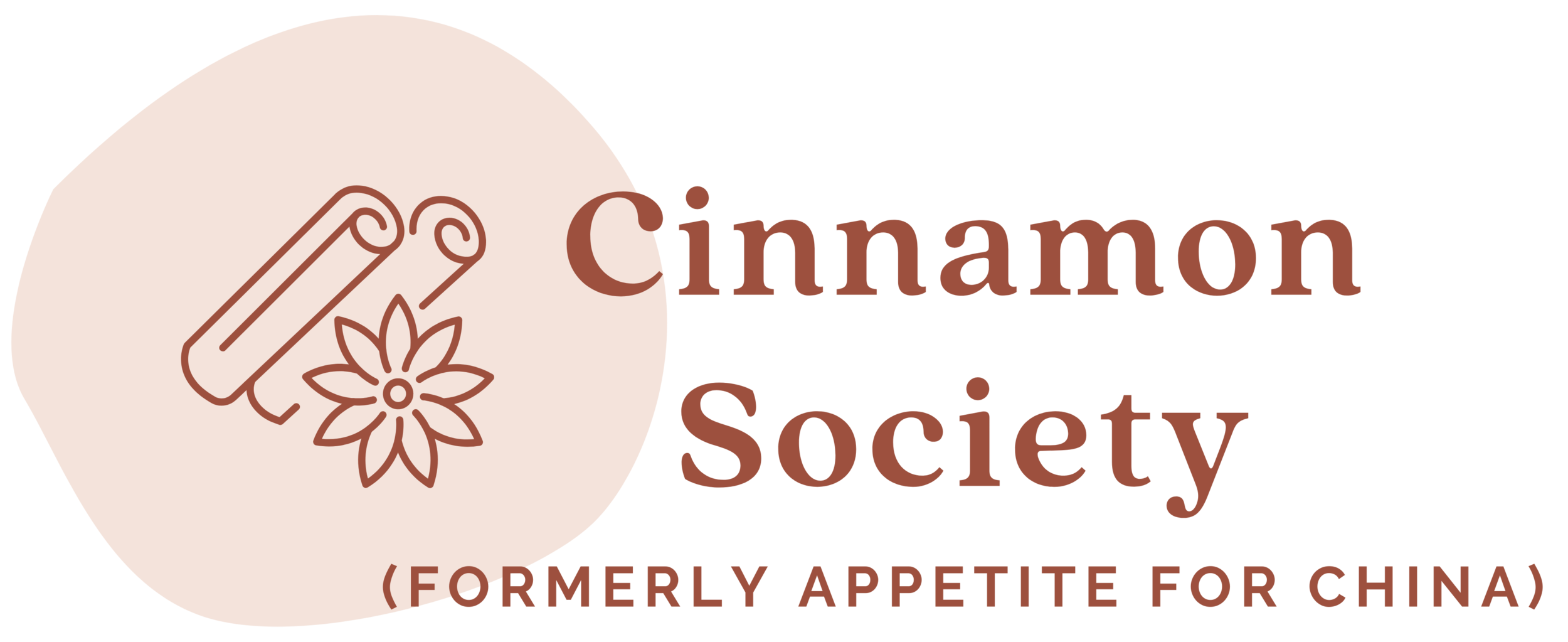Kung Pao Tofu
This afternoon, less than 24 hours before hopping on a train to Hong Kong, I was faced with a dilemma. Do I boil some instant ramen noodles and start packing early, to ensure I remember everything and not wait until the last minute? Or do I make myself a good, hearty lunch, while updating my iPod with all the new music and podcasts necessary for a long train ride?
A perpetual procrastinator, I chose the latter.
The plan was to make Kung Pao Chicken, because that was what I was craving. Then I looked in the fridge and saw a pack of lonely-looking tofu, which would certainly go uneaten before the trip.
"Don't let me go to waste," it seemed to be saying. "Buy chicken another day, when you're not about to go for a 2-week trip."
"Fine," I sighed.
I made Kung Pao Tofu instead. It wasn't chicken, but it was less wasteful and kept in line with my eat-less-meat resolution. (Of course, I can only hold up for so long, since the wonton soups and Cantonese roast ducks in HK are too irresistable.)
This is, of course, a vegetarian version of the more traditional Kung Pao Chicken. (You can also substitute shrimp or prawns for the protein.) The origin of this dish is much debated. One popular theory is that Ding Baozhen, a Qing Dynasty emperor, enjoyed eating it so much that the dish was named after his officlal title, Gong Bao. Most people believe it to be of Sichuan or Hunan origin, though this NYTimes article says otherwise. What is important, though, is the sensational salty, sweet, sour, and spicy flavors and mingling on the palate.
Americanized versions often neglect the Sichuan peppercorns, which is a shame since the mala spiciness is integral to the dish. Another faux-pas cooks there often make is adding tons of vegetatables like bell peppers and broccoli. The main protein, blistered chilis, and peanuts should be stars; chunks of vegetables get in the way in terms of both flavor and appearance.
That said, this dish is still pretty straightforward and easy. Despite the length of the ingredient list, all of them are Chinese kitchen staples. And feel free to fancy up up the dish with cashews instead of peanuts; this subsitution is a favorite of banquet-style restaurants designed to impress.
And now, with the Kung Pao Tofu eaten and dishes washed, I guess I can no longer procratinate on packing.
____________________________________________________
Try some other spicy Sichuan dishes:
____________________________________________________
Kung Pao Tofu
Serves 2 as a main entree, or 4 as part of a multi-course meal
- 16 ounces dou gan or extra firm tofu
- 2 to 3 gloves garlic, minced
- 5 slices of ginger
- 5 to 6 scallions, roughly chopped, plus some thinly sliced scallions for optional garnish
- 2 tablespoons peanut oil
- At least 10 dried red chilis
- 1 tablespoon whole Sichuan peppercorns
- One handful of dry roasted peanuts
Marinade:
- 1/2 teaspoon salt
- 2 teaspoons light soy sauce
- 1 teaspoon Chinese rice wine or dry sherry
- 1 1/2 teaspoon cornstarch
- 1 tablespoon water
Sauce:
- 3 teaspoons sugar
- 1 teaspoon cornstarch
- 1 teaspoon dark soy sauce
- 1 teaspoon light Soy sauce
- 2 teaspoons Chinese black vinega or good-quality balsamic vinegar
- 1 teaspoon sesame oil
- 1 tablespoon chicken stock or water
- Cube the tofu and mix in the marinade ingredients. Let stand while you prepare the other ingredients.
- If you haven't done so already, mince the garlic and peel and slice the ginger. Roughly chop the white parts of scallions, and thinly slice the green parts for garnish (optional.) Either leave the dried chilis whole, or slice them in half and take out as many seeds as possible (wear gloves!)
- In another bowl, mix together the ingredients for the sauce and set aside. (Note: Different brands of soy sauces vary in terms of saltiness, so taste your sauce. If it's too salty, add some sugar and water to dilute.)
- Heat a wok with oil over high heat. Before the wok begins to smoke, add the chilis and Sichuan peppercorn. Stir-fry briefly until the chilis are slightly blistered and oil is slightly fragrant. Add tofu and stir-fry 2 to 3 minutes. Add garlic, ginger, and scallions, and stir-fry until fragrant, about 2 minutes. Pour in sauce and mix to coat the other ingredients. When the sauce is thickened and shiny, stir in peanuts.
- Transfer to plates, garnish with thinly sliced scallions, and serve.
Adapted from Fuchsia Dunlop's Kung Pao Chicken from Land of Plenty


